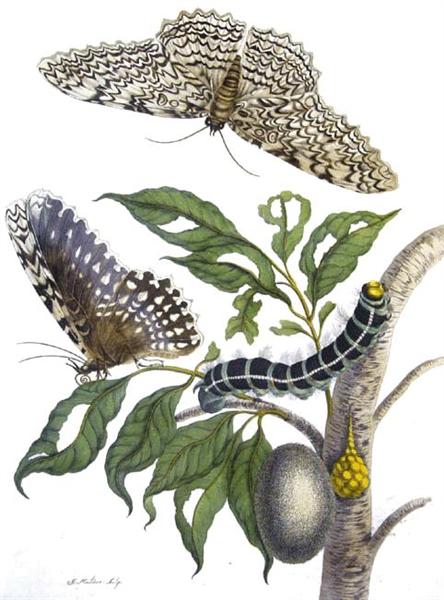1870
Naturalism

description
Naturalism
Naturalism was an art movement that emerged in France in the 1870s as a late stage of Realism in close connection with sociology. Naturalism – from French naturalisme, from Latin naturalis – “natural”. French critic Jules-Antoine Castagnary first used this name to refer to an artistic concept. Later the term was introduced by French writer Emile Zola.
Types of Naturalism: landscape, figurative. Genres: storyline, landscape, illustration.
Similar movements: Romanticism, Realism. Art historians argue that Naturalism was synthesized into Symbolism and supplanted by Impressionism. It is important to remember that this term can be applied to varying degrees to works of art of different periods.
Paintings with botanical images are relevant to this day and adorn classic interiors. The wide scientific application of Naturalism can be traced in book illustrations. Thanks to Scientific Naturalism, we have paintings of different species of plants and animals that do not exist today.
Key ideas:
– Despite the close connection of Naturalism with science, philosophy and sociology, the main task is not “how” but “who” or “what” is drawn.
– With the help of “photographic method”, masters depicted nature and people with the least distortion and interpretation, with physiological characteristics and pathologies but with the presence of moral and aesthetic criticism.
– The concept excludes romantic subjectivity and satirical colouring.
– An important component of the art movement is the minimization of the image of God; religion is replaced by faith in nature and its laws.
description
A British Symbolist painter, a master of monumental painting, illustrator and theater artist. He was a professor of decor and composition at the Scottish School of Art (Glasgow). Being close to contemporary theosophical and mystical groups, Cayley Robinson interpreted existential, philosophical questions in his own way, through mythological and biblical images. The artist was a member of the Royal Society of Watercolourists, the New English Art Club (New English Art Club), in other significant creative unions and organizations of Great Britain. The artist was a member of the Royal Society of Watercolourists, the New English Art Club and other significant creative unions and organizations of Great Britain.
1862 - 1927
description
A Danish animal painter and, to a lesser extent, portrait painter and landscape painter. In other areas, he is known for his work in the etching technique, as an illustrator and as a master of wall painting.The family of Johannes belonged to the artistic environment. His mother was the sister of famous artist Johan. When he was a child, he met artists Hans Schmidt and Theodor Philipsen.Larsen stood at the origins of the new art of Denmark, preferring to work in the open air. One of the leaders of a significant and influential group, known as "The artists of Fyn Island" in the history of art. Received orders for monumental paintings of the royal Christiansborg Castle (reception hall, the ceiling of the library), frescoes for the celebration halls in the Odense municipality, the capital of Fyn Island. In the house of the artist, built according to his project, there is a state museum.
1867 - 1961
